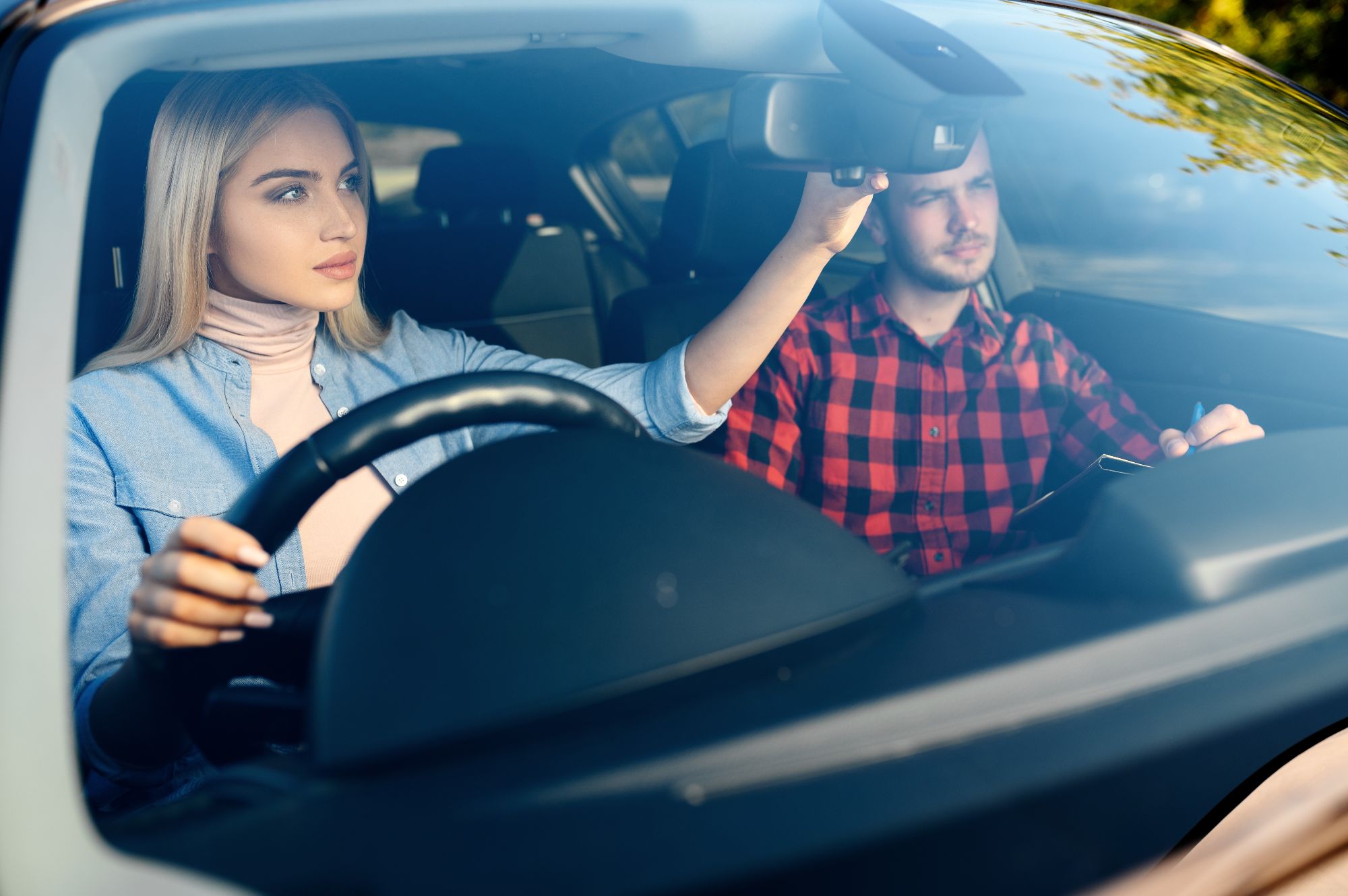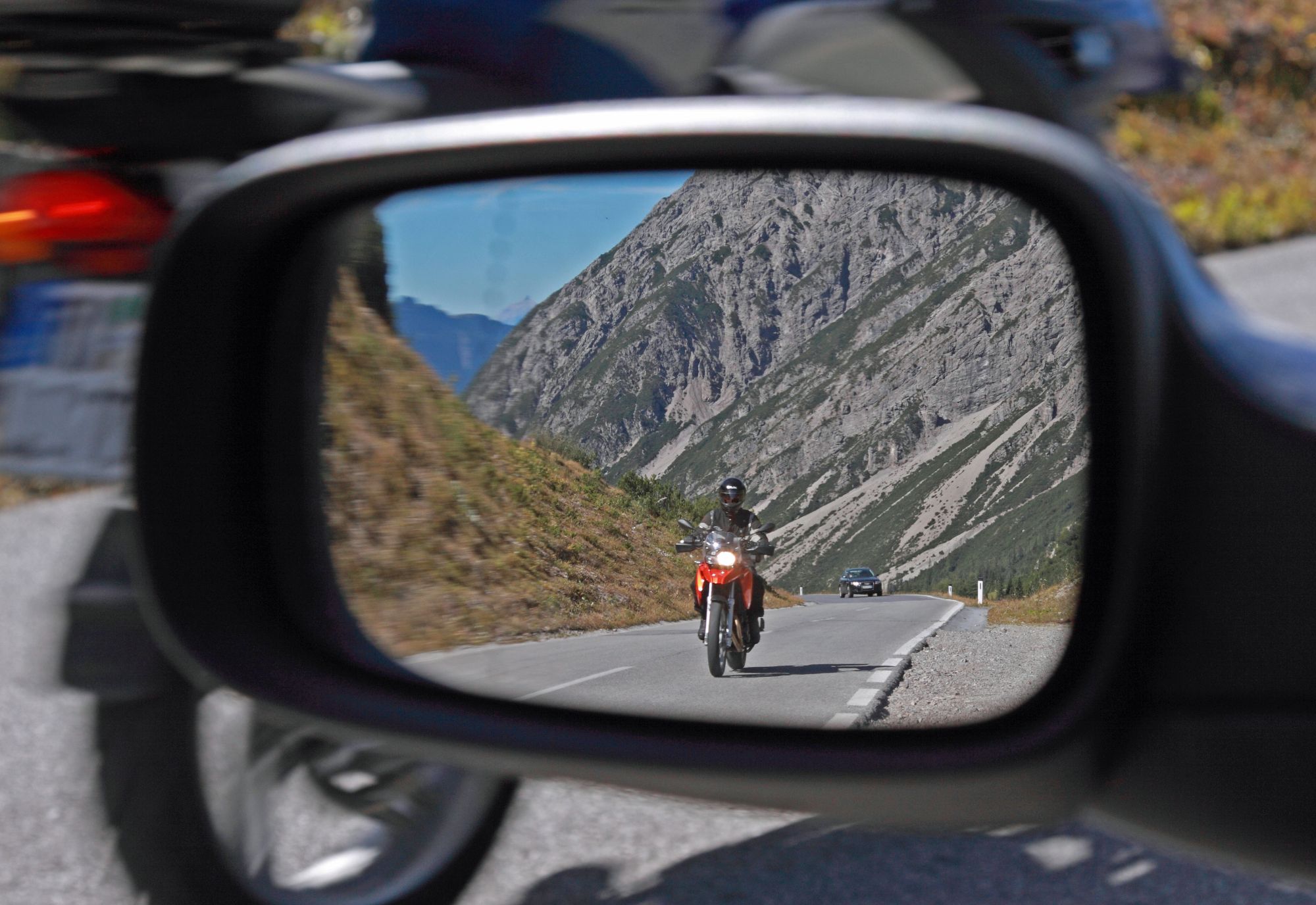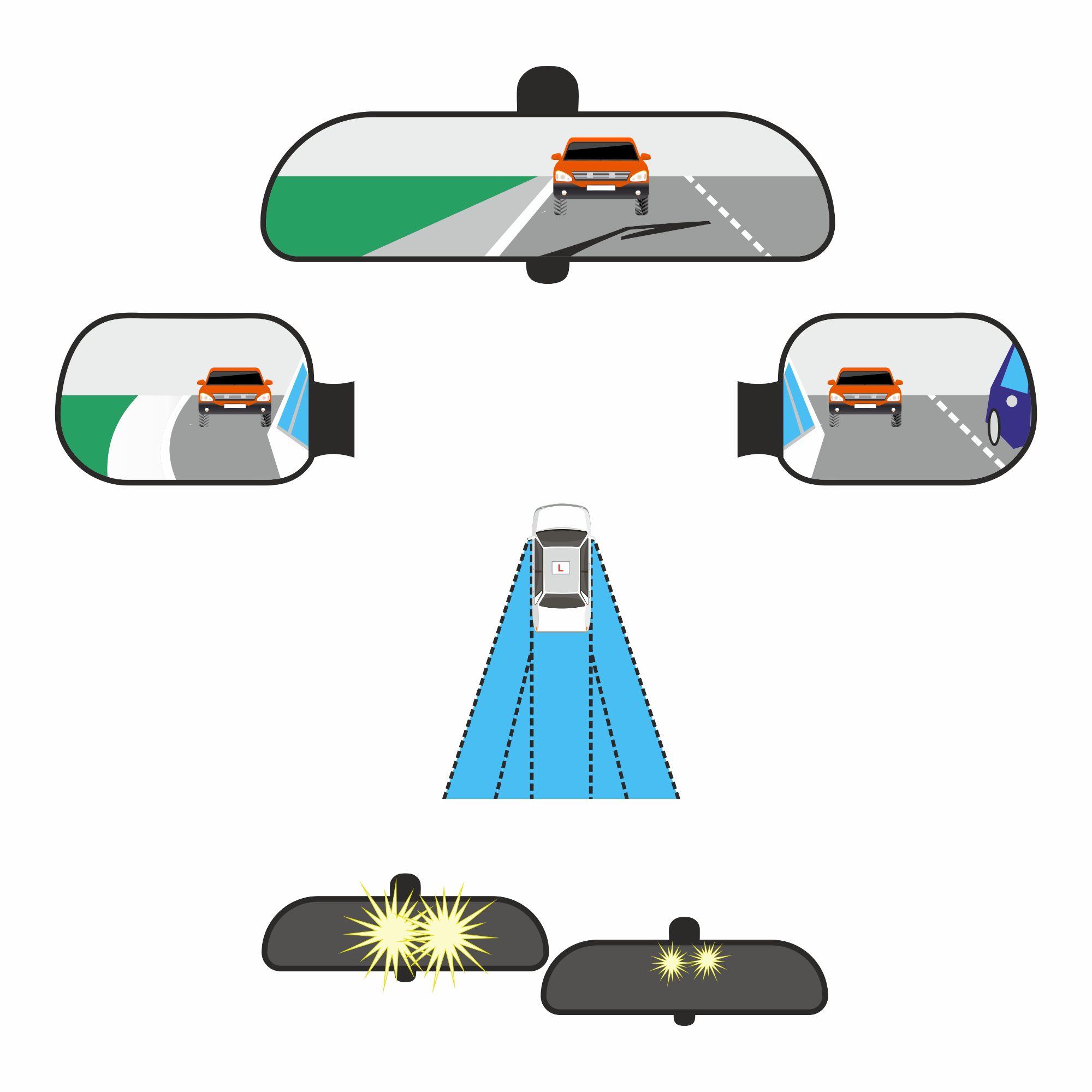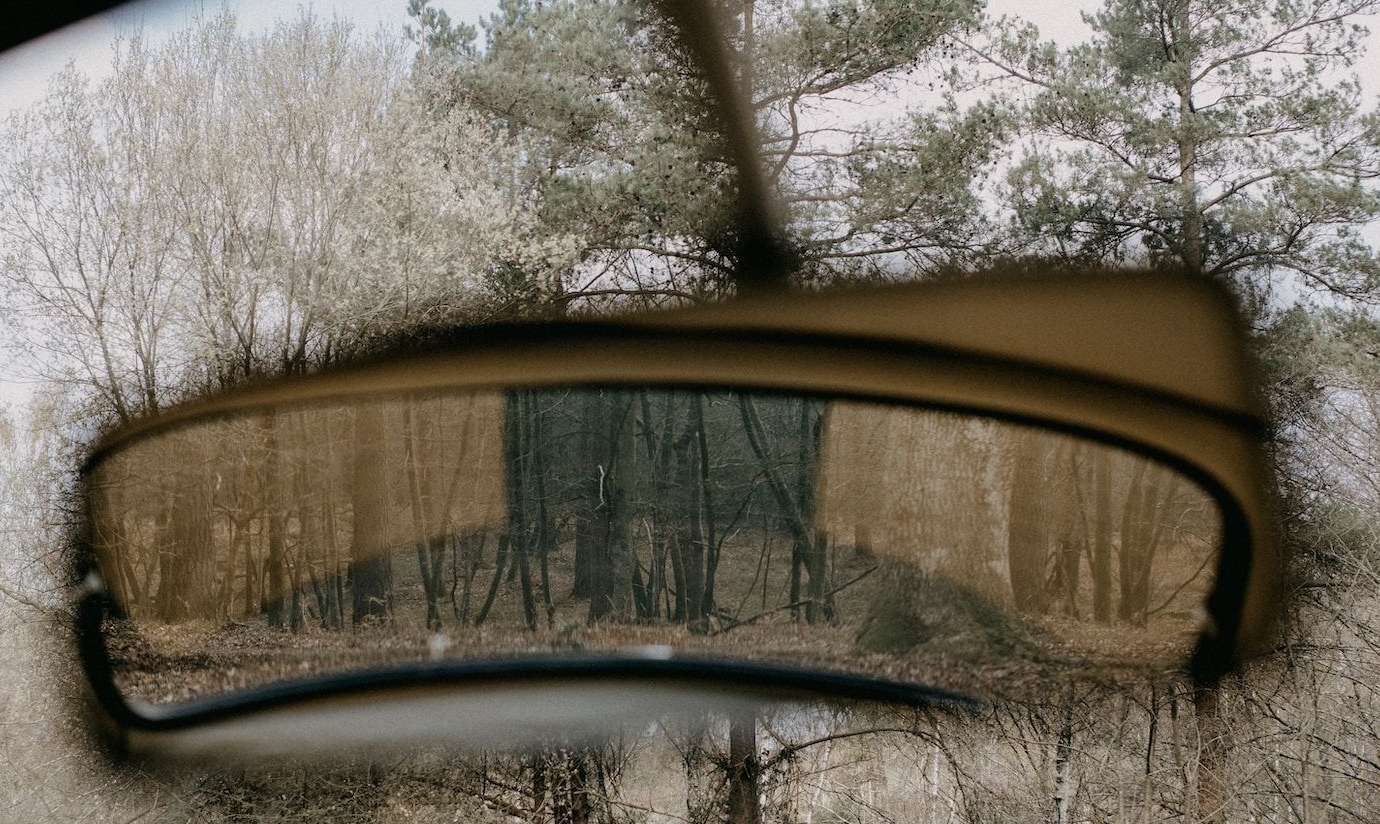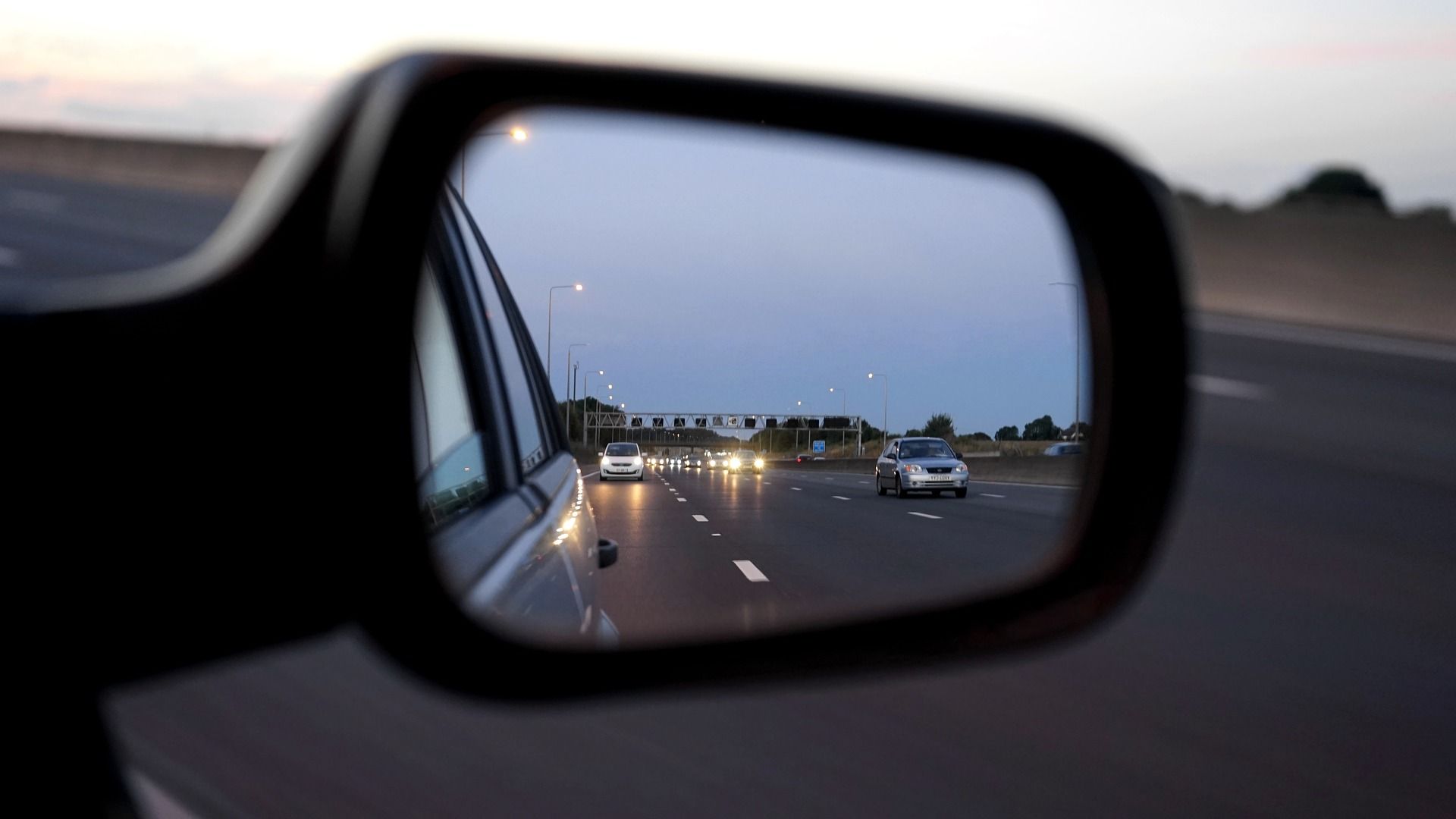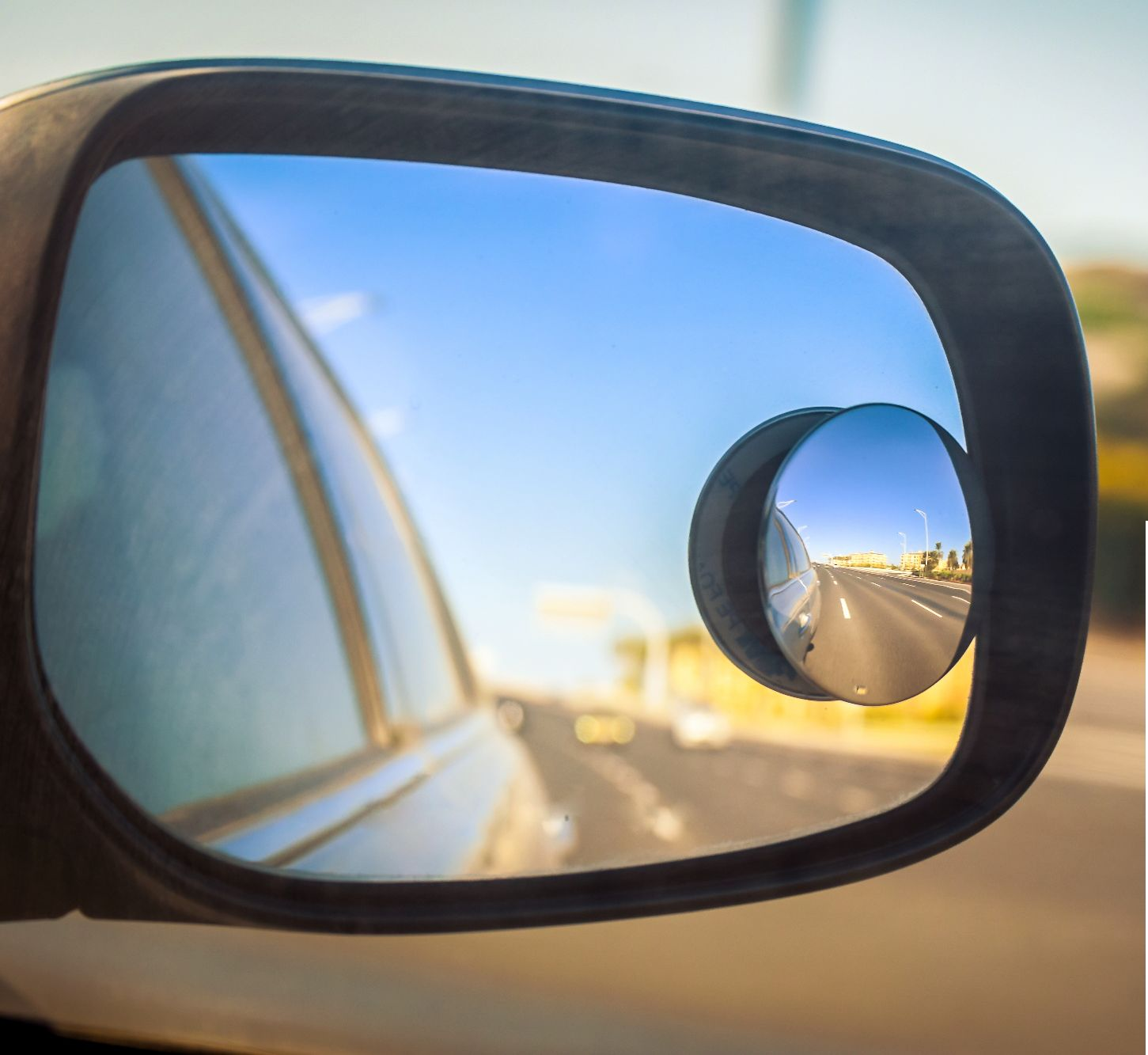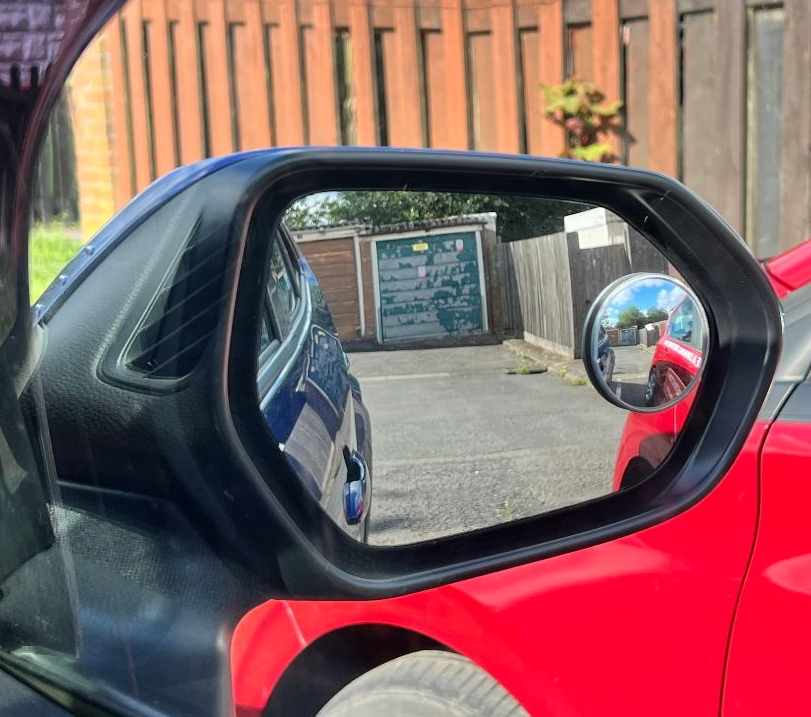ADI Part 3 Effective Use Of Mirrors
ADI Part 3 Effective Use of Mirrors
When it comes to ADI Part 3 effective use of mirrors and learning how to drive, the importance of using mirrors cannot be overstated.
Teaching learners how Mirrors serve as invaluable tools that provide crucial information about their surroundings, allowing them to make informed decisions on the road.
In this section, we will explore why mirrors are essential for new drivers and how mastering their usage can greatly enhance their driving skills, promote road safety, and boost their confidence as a driver.
Here we discuss what needs to be taught on the ADI Part 3 and ADI Standards Check.
ADI Part 3 Effective use of Mirrors - The difference in Glass
The centre mirror in a car is made from flat glass, so it gives a more accurate view of what is behind and how close
-
Location: The interior mirror, also known as the rear-view mirror, is located inside the vehicle, usually mounted on the windshield in the center position, near the top of the front windshield.
-
Purpose: The primary purpose of the interior mirror is to provide a view of the rear of the vehicle. It allows the driver to monitor the traffic behind them without turning their head or relying solely on the side mirrors.
Centre Mirror
-
Reflection: Interior mirrors are designed to reflect the view through the rear window directly back to the driver. They use a prism or a special coating to minimize glare from headlights of vehicles behind.
-
Manual or Automatic Dimming: Many modern interior mirrors feature automatic dimming capabilities. These mirrors can detect bright headlights approaching from behind and automatically dim the reflection, reducing glare and enhancing driver comfort.
Exterior Mirrors (Side Mirrors)
Location: Exterior mirrors, also called side mirrors or wing mirrors, are located on the exterior of the vehicle, typically mounted on the doors or the front fenders on both the driver and passenger sides.
Convex Mirrors: Side mirrors often have a convex shape, which allows for a wider field of view. The curvature of the mirror gives a broader perspective but may distort the distance and size of objects.
Side Mirrors
-
Purpose: Side mirrors provide a view of the surrounding areas of the vehicle, including adjacent lanes and blind spots. They help the driver monitor traffic on the sides and aid in safe lane changes, parking, and maneuvering.
-
Adjustability: Unlike interior mirrors, side mirrors are adjustable to provide the best possible view for each driver. They can be manually adjusted from inside the vehicle or, in some cases, have power-adjustable features controlled electronically.
ADI Part 3 Effective use of mirrors - Blindspot mirrors
Additional Features: Some modern side mirrors come equipped with advanced features such as integrated turn signals, blind-spot monitoring, or even cameras that provide a video feed of the surrounding areas. These features enhance safety and convenience while driving.
In summary, the interior mirror provides a direct view of the rear of the vehicle, while the exterior or side mirrors offer a wider field of view on the sides and help monitor adjacent traffic and blind spots. Both types of mirrors are essential for safe driving and provide different perspectives to enhance situational awareness on the road.
Proper mirror positioning for driving
DO NOT MAKE THIS MISTAKE WITH YOUR PUPILS!!!!
Most driving instructors still use the outdated and frankly wrong method, of telling their learners to adjust the mirrors, so they see half sky/Half ground.
This is wrong and 90% of the time just will not work!!
Depending on where the car is parked and the angle of the road, it is wrong to try and line up the mirror using this wrong method.
As you can see in the picture on the left, the mirrors is set correctly, you can see for a good distance behind the car, what you cannot see is half the mirror set to sky.
You need to set it with something that works no matter where you are or what is behind you. - It is much better to adjust the mirror and find a focal or reference point on the car - in this case the front door handle in the bottom left corner of the mirror.
For the passenger door, it would be the front door handle in the bottom right corner of the mirror.
Contact Us
Hours
Monday - Friday:
09:00 am - 6:00 pm
Saturday - Sunday:
10:00 am - 3:00 pm
